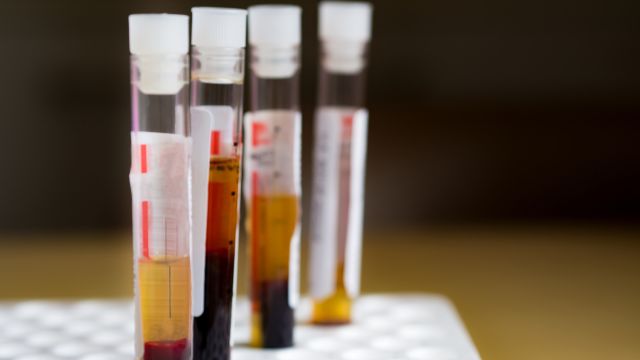ITP stands for immune thrombocytopenia, a blood disorder that causes a person to have low levels of blood platelets. Low platelet counts can cause a number of serious complications, including excessive bleeding and, in some cases, spontaneous bleeding.
Platelets are small blood cells that play an important role in stopping injured blood vessels from bleeding. When a person has a cut or other injury that results in bleeding, platelets travel to the area and clot. This seals the injury and allows the injury to heal. Platelets also aid in the formation of new blood vessels and the remodeling of damaged blood vessels, and help maintain vascular integrity (the normal structure and function of blood vessels).
When a person has ITP, an abnormal response by the immune system produces antibodies that attack and destroy blood platelets, causing the number of platelets in the blood to fall below healthy levels.
Below are five facts to help understand ITP.
Other names
ITP has been referred to by several different names over the years. These include:
- Idiopathic thrombocytopenic purpura
- Immune thrombocytopenic purpura
- Autoimmune thrombocytopenic purpura
- Primary thrombocytopenic purpura
- Primary immune thrombocytopenia
- Werlhof Disease
You may still come across these names if you are researching ITP.
Acute and chronic
ITP can be classified as acute or chronic, depending on how long it lasts. Acute ITP resolves within six months; it is more common in children, and affects boys and girls in equal numbers. Chronic ITP lasts for more than six months, and can last years or decades; is more common in adults, and is affects women more frequently that it affects men.
Secondary ITP
Secondary ITP is ITP that occurs as the result of another health condition. Autoimmune conditions like lupus, chronic viral infections like HIV and hep C, alcohol abuse, and certain types of leukemia can predispose a person to secondary ITP. However, it is now known why some people with these conditions develop ITP and others do not. When diagnosing ITP, a healthcare provider will order tests to identify or rule out potential causes like these. This approach is called a diagnosis of exclusion.
Symptoms
ITP can result in a number of bleeding symptoms. These can include bleeding that is difficult to stop, wounds that take a long time to heal, bruising easily, hematomas, nosebleeds, heavy menstruation, blood in urine and/or stool, and non-itching rashes that can appear as purple spots or small red dots. Fatigue is another possible symptom (low platelet counts for any reason are associated with fatigue). ITP can also cause bleeding in the brain, though this is rare.
Treatment
Treatment for ITP will depend on a number of factors, including a person’s age, their platelet count, their symptoms, where and how often they are bleeding, and if there is an identifiable cause for ITP. If a healthcare provider suspects ITP is caused by an infection or as a side effect of a medication, they will treat the infection and find an alternative medication if possible. There are also a number of oral and IV medications that a healthcare provider may prescribe to increase platelet counts and stop antibodies from destroying platelets. Platelet transfusions may be needed if a person is experiencing severe bleeding. Because the antibodies that attack platelets are produced in the spleen, surgery to remove the spleen is another treatment option. Mild cases of ITP may only require monitoring.





